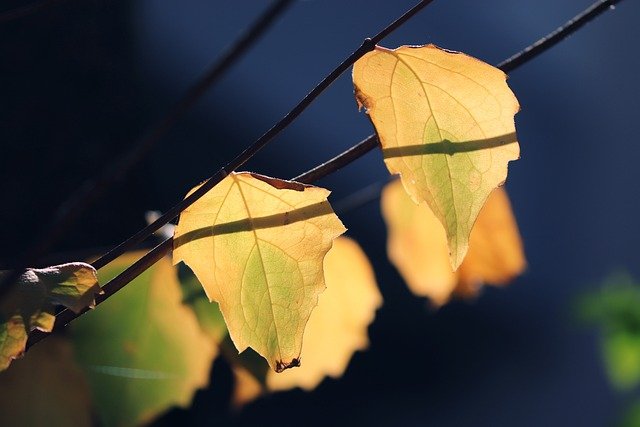Hello, Today, we’re jumping into a fundamental point for every indoor grounds-keeper and plant fans: develop light ranges. Whether you’re dealing with a full indoor nursery, picking the right develop light range is vital for the wellbeing and development of your plants. The light range you give can altogether impact everything from seedling force to blossoming and natural product creation.
Seeing Light Spectrums
We should get everything rolling and revealed some insight into how you can enhance your indoor developing arrangement with the right range for your plants. At the point when we discuss light ranges in planting, we’re alluding to the scope of light frequencies radiated by a light source. Very much like the way in which a rainbow shows various varieties from red to violet, each tone relates to a particular frequency of light. The apparent range, which is the light we can see, goes from around 400 to 700 nanometers. This range is urgent for plant development since it envelops the frequencies that plants use for photosynthesis and other formative cycles.
In more straightforward terms, the light range is an approach to depicting the various shades of light that plants need to develop, despite the fact that we could not necessarily see these varieties with the unaided eye. For plants, not everything light is made equivalent. The scope of light frequencies that plants use for photosynthesis is known as photosynthetically dynamic radiation, or Standard. Standard covers the noticeable range from around 400 nanometers (blue light) to 700 nanometers (red light).
Effects of Blue and Red Light on Plants
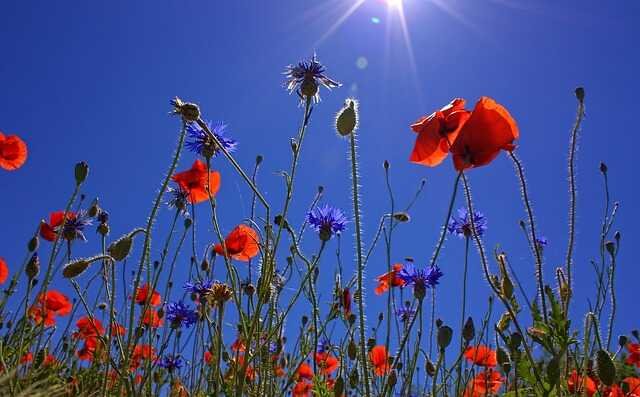
Inside this compass, different frequencies differently influence plant improvement. Vegetative growth requires blue light, which is at the lower end of the spectrum. It helps plants grow strong stems, leaves, and their overall structure. Red light, then again, is close to the highest point of the Standard range and is significant for advancing fruiting and blossoming. As well as supporting photosynthesis, it assumes a critical part in the later phases of plant improvement. In contrast to blue and red light, far-red light, which is just beyond the visible range, is less important for photosynthesis but can affect plant morphology and bloom timing.
Blue Light: Vegetative Growth
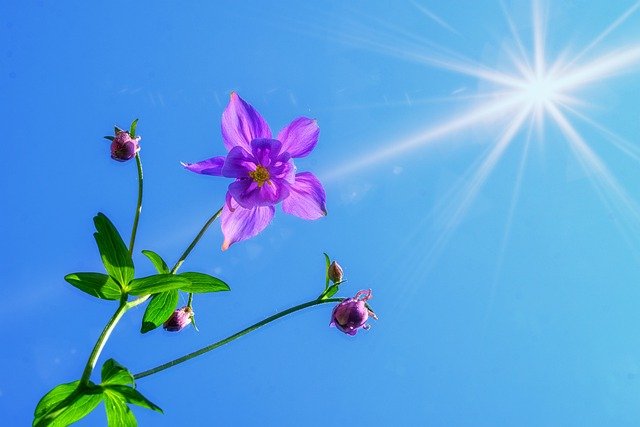
Blue Light: Vegetative Growth
During the early stages of a plant’s life cycle, blue light is essential. It drives photosynthesis and helps control growth patterns, resulting in plants that are compact, sturdy, and healthy. Blue light is like the building block that plants use to grow strong and thick.
Red Light: Flowering and Fruiting
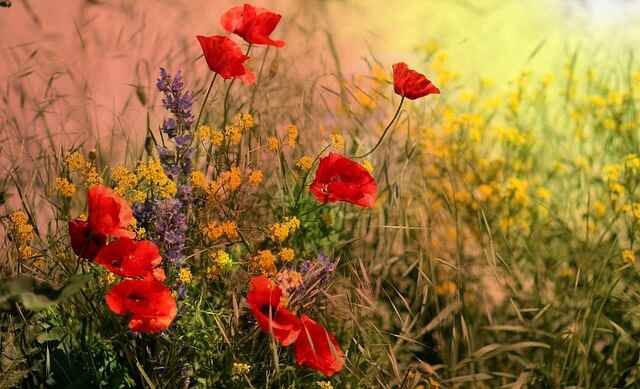
On the contrary side, red light is key during the sprouting and fruiting stages. It makes it possible to grow buds, sprouts, and leafy foods. Red light’s effect on photosynthesis additionally increases energy use during these stages. A respectable reach that incorporates both blue and red light is ideal for the best results. From seedlings to mature, fruit-bearing plants, this equilibrium ensures that plants receive the light they require for robust growth and abundant yields.
Importance of Balanced Spectrum
Understanding the light reach and what different frequencies mean for plant improvement is essential to powerful indoor developing. Now that we’ve covered the fundamentals, we should continue on toward the different kinds of develop lights accessible and how each can give the right range to your plant’s requirements. With this knowledge, you can select the best lighting arrangement for a flourishing indoor garden.
Types of Grow Lights
Understanding the various types of foster lights and how they provide different light ranges to assist with establishing improvement at various stages is necessary for selecting the appropriate foster light for your plants.
Fluorescent Lights: T5, T8, and Compact Fluorescents
Due to their low heat output,fluorescent lights are popular choices for indoor gardening. T5 bulbs are the most energy-efficient and brilliant of these, providing a pleasing amount of light while consuming minimal power. They produce a spectrum of light that is beneficial to numerous plant species, particularly seedlings and young plants that do not require much light. T8 bulbs are practical for the improvement of low-light plants and as useful lighting regardless of being fairly bigger and less useful. Conservative fluorescents are ideal for small businesses due to their adaptability and adaptability to standard light fixtures. Bright lights are great for developing youthful plants and empowering vegetative development on the grounds that their range will in general be more blue.
LED Grow Lights: Versatility and Efficiency
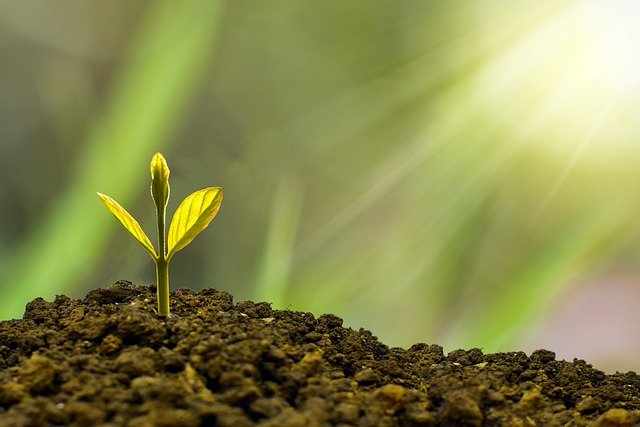
Because of their versatility, viability, and flexibility, Drove develop lights have upset indoor planting. LEDs can be programmed to produce particular wavelengths that are directed at various stages of plant growth. For instance, if you use blue-heavy LED lights to encourage robust vegetative growth, you can increase fruiting and flowering. Full-spectrum LEDs, which cover the entire PAR range, are becoming increasingly popular because they support all growth stages, from seedlings to mature plants. By mimicking natural sunlight, they provide a light that is balanced and beneficial to plants as a whole. Because they produce less heat and use less power than other types of grow lights, LEDs are a cost-effective and long-lasting option.
HID Lights: Metal Halide (MH) and High-Pressure Sodium (HPS)
Because of their serious light result MH lights are great for the vegetative stage, when plants are focusing on fostering their leaves and stems, since they produce a ton of blue light. They help plants in turning out to be thick and rough, which is perfect for laying out a strong preparation. Besides HPS lights produce a reach that is plentiful in the frequencies of red and orange, which are central for the periods of blossoming and fruiting. These lights are excellent for use later in the growth cycle because they encourage plants to bloom and produce fruit. Due to their effectiveness in encouraging robust plant growth, HID lights continue to be popular despite their high energy consumption and significant heat output.
Incandescent and Halogen Lights: Inefficiencies
Incandescent and halogen lights are generally not preferred for plant growth. Radiant bulbs produce a ton of intensity and light in the red and infrared reach however need adequate blue light, which is fundamental for vegetative development. Despite being slightly more energy efficient than incandescent bulbs, halogen lighting does not provide a balanced spectrum that is suitable for plants. Their high intensity result can likewise be tricky, possibly causing consumes or drying out the plants. In any case, they might have specialty applications, for example, giving supplemental warmth in a nursery or improving the tasteful lighting of indoor plants.
Choosing the Right Grow Light for Your Plants
Every kind of grow light has advantages and applications that are ideal for it. Whether you’re supporting sensitive seedlings with fluorescents, altering your arrangement with flexible LEDs, or supporting development with strong HIDs, understanding these distinctions assists you with picking the right develop light range custom-made to your plant’s particular necessities.
Matching Spectrum to Plant Growth Stages
Understanding the specific light requirements and headway stages of your plants is the first step in selecting the appropriate encourage light reach. Depending on whether they are mixed greens, blooms, or typical things, different types of plants require different amounts of light. Salad greens like spinach and lettuce thrive in lights that have enough blue frequencies to make it easy for the leaves to move around. Red light, which is associated with development and the creation of common things, is advantageous to fruiting vegetables like tomatoes and peppers as well as flowering plants like begonias and orchids. The phase of your plant — whether it is a seedling, vegetative, or blossoming — can likewise assist you with deciding its necessities for light. Seedlings and vegetative plants, then again, require more blue light to arrive at serious strong regions for creation and stems, though blossoming or fruiting plants require more red light.
Full Spectrum Grow Lights
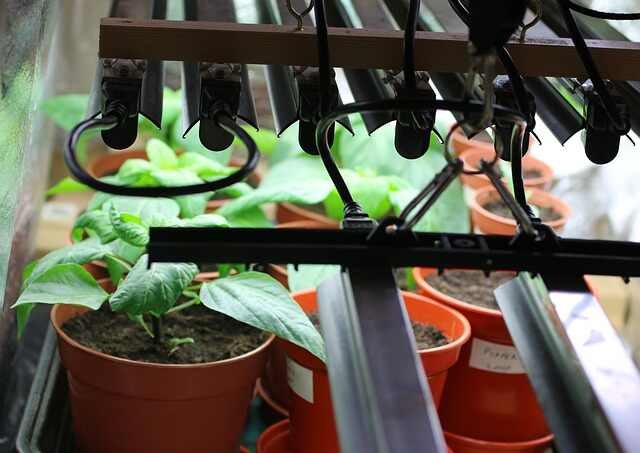
Blue light-prevailing ranges ought to be utilized for seedlings and vegetative stages while matching ranges to development stages to advance conservative and solid development. The growth of chlorophyll, which makes plants strong and dense, is aided by blue light. During these energy-concentrated stages, red light deals with photosynthetic capability and enables the course of action of blooms and natural items.Because they cover the entire Standard reach and appear to be natural daylight, full-range development lights are excellent for long-term development cycles. By giving a fair mix of blue and red frequencies, they help plants with creating from seed to gather.They are particularly helpful in blended gardens where various plants are cultivating in the mean time.
Adjusting Grow Lights Based on Environment
Your indoor growing environment and the availability of natural light are also important considerations when choosing a grow light. Grow lights are essential when there is insufficient natural light in your growing area or when the days are short in the winter. You might have to adjust the sort and power of your develop lights because of occasional changes and plant arrangement. Plants, for instance, will require more artificial light in the winter or in darker locations than in close proximity to windows during the summer.
High-Quality Grow Lights and Energy Efficiency
It is fundamental for select the best foster lights for dependable plant improvement and progression. Find lights with precise and dependable ranges that are made specifically for your plant’s needs. Consider the life expectancy and energy effectiveness of the lights to guarantee that they are both savvy and trustworthy.Driven lights are as often as possible liked because of their long life expectancy and low energy utilization, while Concealed lights are picked for their strong result. If you buy high-quality lights, you can give your plants the constant light they need without spending a lot of money in the long run.
Practical Examples: Light Setup for Different Plants
For example, mixed greens like lettuce and spinach flourish under blue-weighty Drove lights since they empower thick leaf development. A red-weighty HPS light would be great for expanding yield during fruiting vegetables like tomatoes and peppers’ blooming and fruiting stages. In a mixed nursery, you could use full-range or red-prevailing lights for early development and blue-prevailing lights for blossoming and fruiting. Combining and contrast development lights allows you to select the ideal range for a variety of plants.
Balancing Plant Needs with Light Capabilities
The range of the best develop light is one that finds some kind of harmony between your plants’ necessities and your lighting framework’s capacities. You can make a succeeding indoor nursery that is redone to the fascinating necessities of your plant by getting it and adhering to these rules.
Additional Tips and Considerations
We will then discuss additional hints and considerations to keep in mind as you fine-tune your grow light strategy and ensure the year-round survival of your plants. The way in to a fruitful indoor nursery is giving a range that is adjusted and upholds your plants’ development from start to finish. To create the ideal light environment, try various setups, observe how your plant responds and make any necessary adjustments.
Happy gardening!

